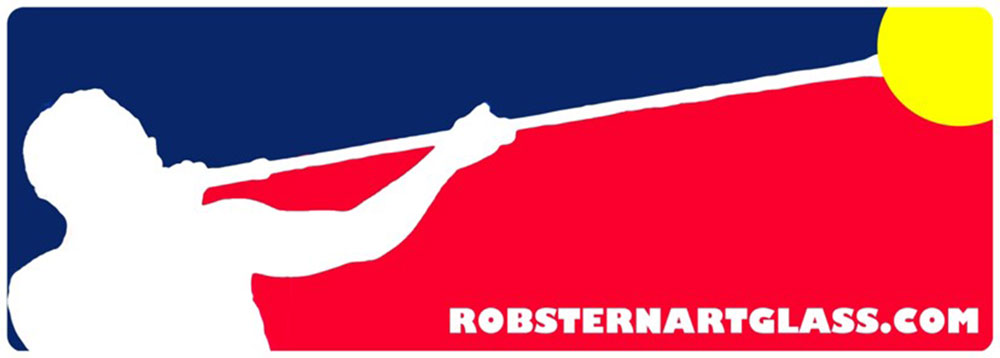by Louise Irvine
A new exhibit Earth, Air, Fire & Water @ WMODA opens on April 17 to celebrate Earth Day and the beauty of nature in the Fired Arts. Central to the show is a series of glass leaf vessels and sculptures by Miami artist Rob Stern. Rob is fascinated by the fragile balancing act between humanity and nature, which he explores through the bounty of the earth.
The Enchanted Forest
Rob Stern began making his iconic leaf vessels at Pilchuck Glass School in the summer of 2011 when he was selected to design 75 table centerpieces for the annual fundraising auction dinner. Rob made around 150 glass leaf vessels with the help of a team of volunteers called the Poleturners Union. That summer, it was the school’s 40th anniversary and the gala event paid tribute to the patrons John and Anne Gould Hauberg, on whose land Pilchuck was established in 1971.
Each year, glass artists from over 60 countries congregate at Pilchuck to learn, teach, collaborate, experiment, and create for two and a half weeks. The magical Pilchuck campus has been described as an “Enchanted Forest” in the foothills of the Cascade Mountains in Washington State. Rob has spent 31 summers at Pilchuck absorbing the core values of this massive collaborative undertaking which inspires such amazing creativity. The rapport and bonding process extends beyond the epic glass making effort into team-building activities which includes a human pyramid and tie-dye party.
Belieave!
Leaves have intrigued Rob since he was a child, and he reminisces about the massive oak trees in his garden during the fall. He confesses that he spent more time looking at the leaves than raking them when his mother punished him with extra yard work. Rob has studied their organic structure for the last ten years as he magnifies and interprets them for his glass art. He has used many different glass-making techniques for his standing and lying leaves. The WMODA exhibit features traditional Venetian glass-making processes such as Zanfirico, which twists canes of glass to form a spiral pattern, as well as confetti-style murrine glass, where the cane is cut in cross-sections. Rob has also worked with different textured and tiled effects in a multitude of colors and reflective dichroic glass for his leaf designs. Some of the glass leaves have led to works on paper as Rob has experimented with a technique called pyroprinting. He keeps the glass leaf hot in the gloryhole and then presses it onto paper to burn a fiery impression.
Rob likes to play with words as well as glass as shown in the titles of his works, such as Leavessel and Belieave. He shares a love of puns with the great American poet Walt Whitman whose Leaves of Grass was derived from the name “grass” that publishers gave to works of minor value, and “leaves” for the pages on which they were printed. They also share a love of nature as Whitman celebrates his philosophy of life and humanity in his poetry. Rob believes that “Humanity is transcended as we reflect the rhythm and patterning in this natural world.” His talk on his philosophy of Humanature was much enjoyed at WMODA in 2019 and led to the acquisition of many works now on display in the museum.
The Four Elements
The exhibit of Earth Air Fire & Water @ WMODA now includes Rob’s leaves of glass and bamboo forest symbolizing the earth, his monumental shells, corals, and sea anemones from the water, and his Constellation of Windstars representing the air. The mysterious movement of glass from solid to liquid and back to solid through the action of fire is magical to behold in Rob’s work at WMODA, which spans his 30-year career.
“My aesthetic resides at the crossroads where humans and nature intersect. Between organic and angular, a space, which connects the temporary man-made to the pre-existing and eternal cosmos. Here we begin to measure our perspective and contemplate the perception of our place in the world as it is one that is always changing with evolution, light, and time. I venture to capture moments with materials that speak to a fleeting sensibility of the permanence or importance of this concept.” Rob Stern
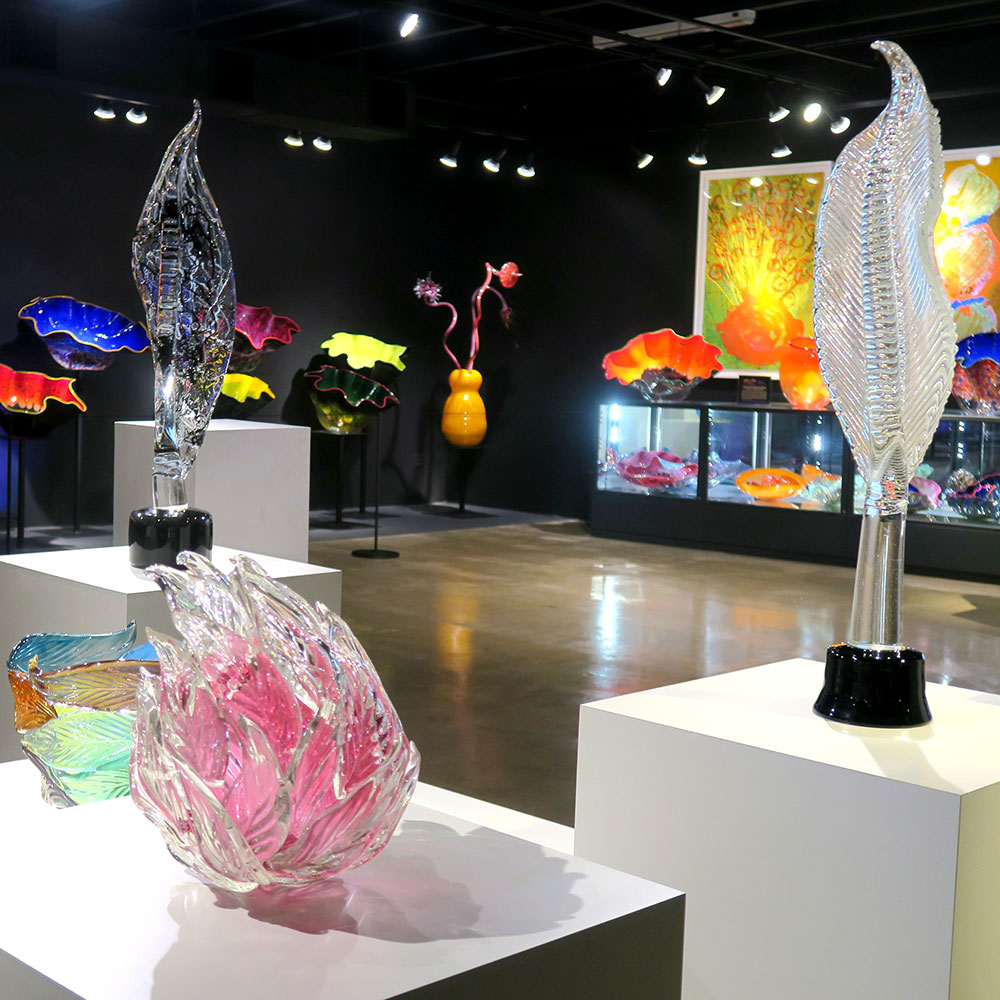
Rob Stern Leaves of Glass @WMODA
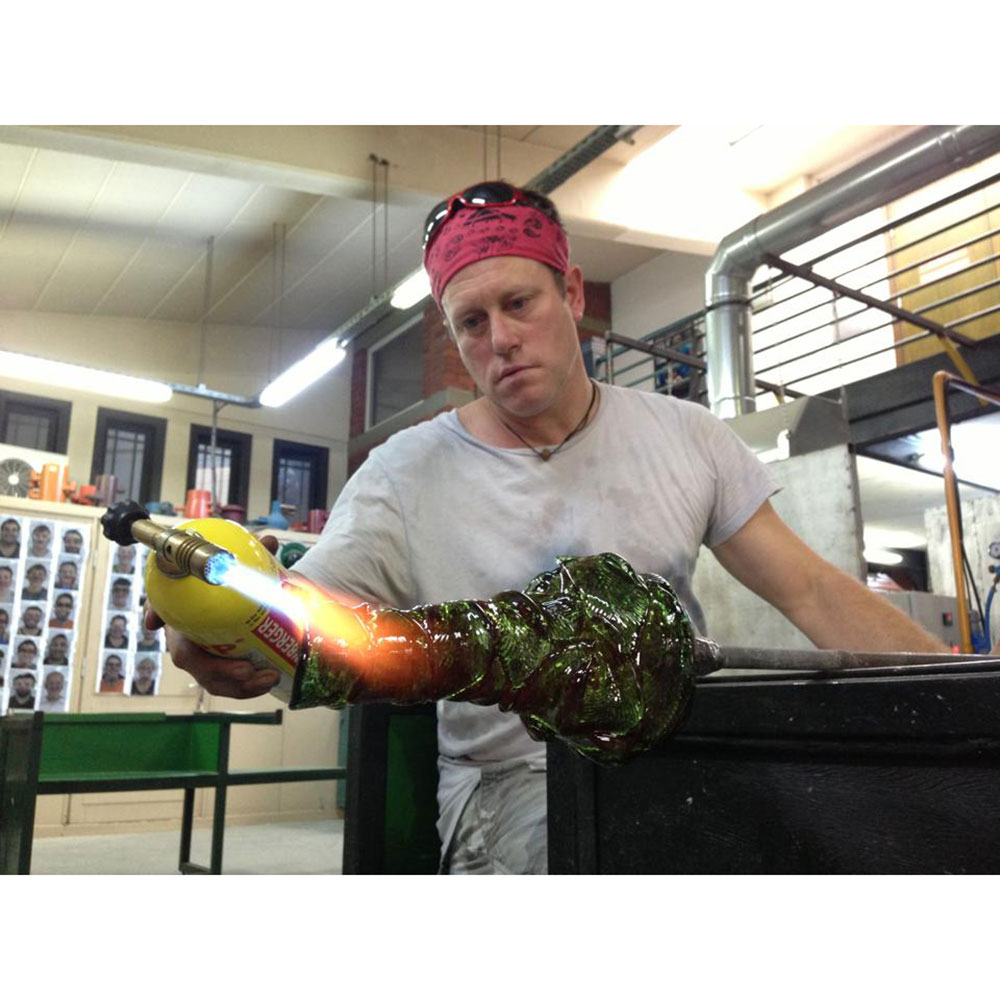
Rob Stern and team making leaves
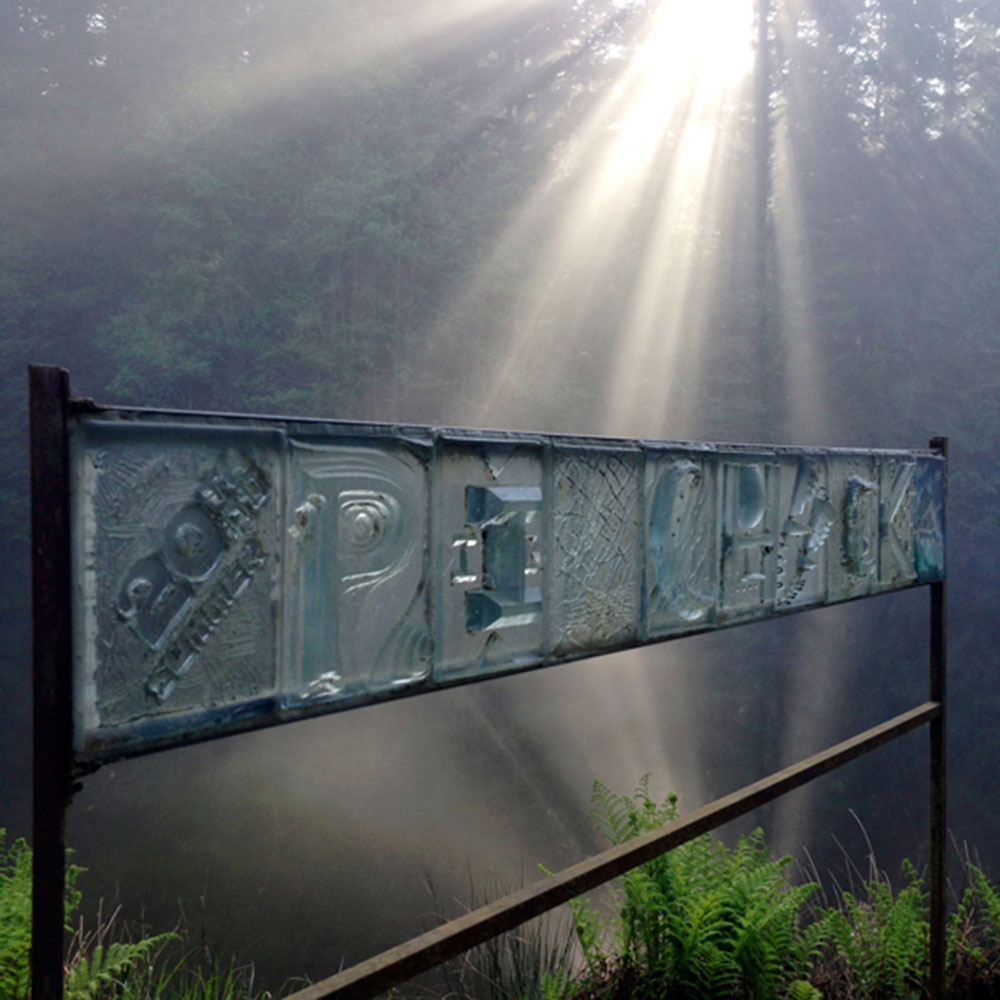
Sign for the Pilchuck Glass School
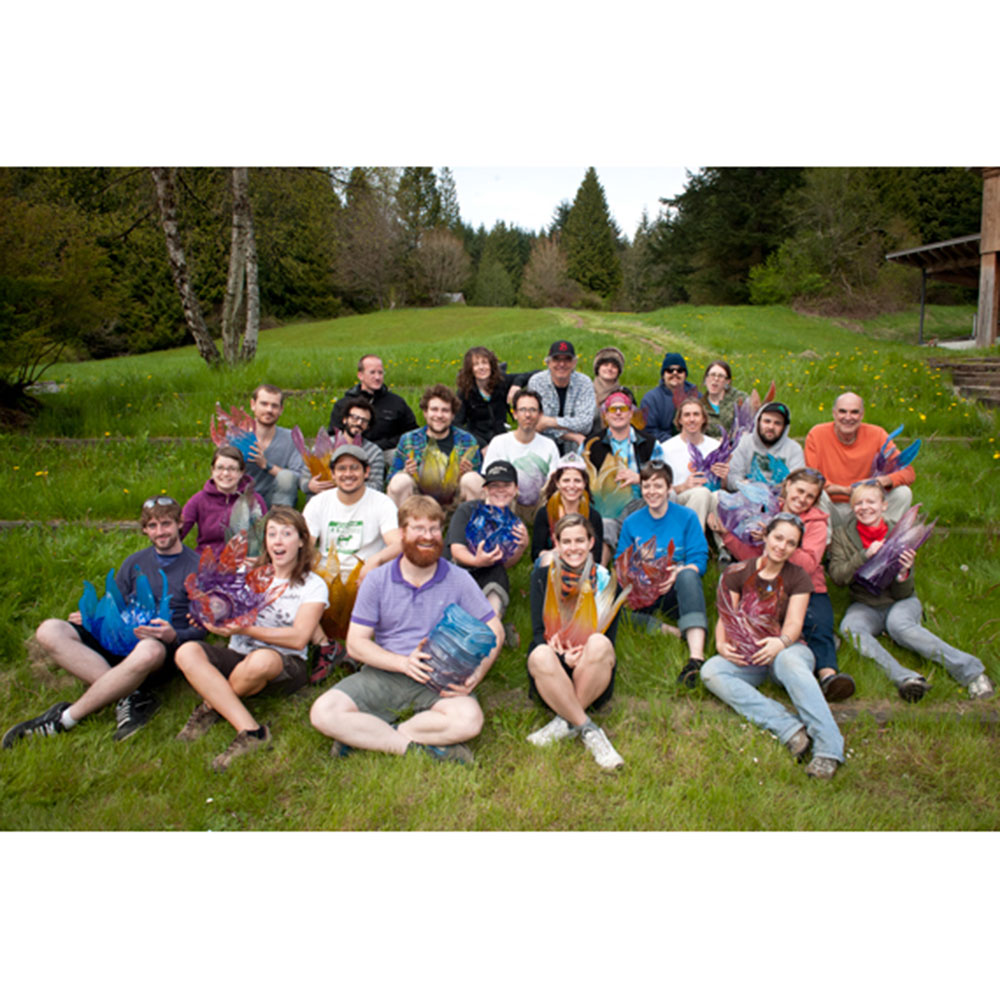
Poleturners Union
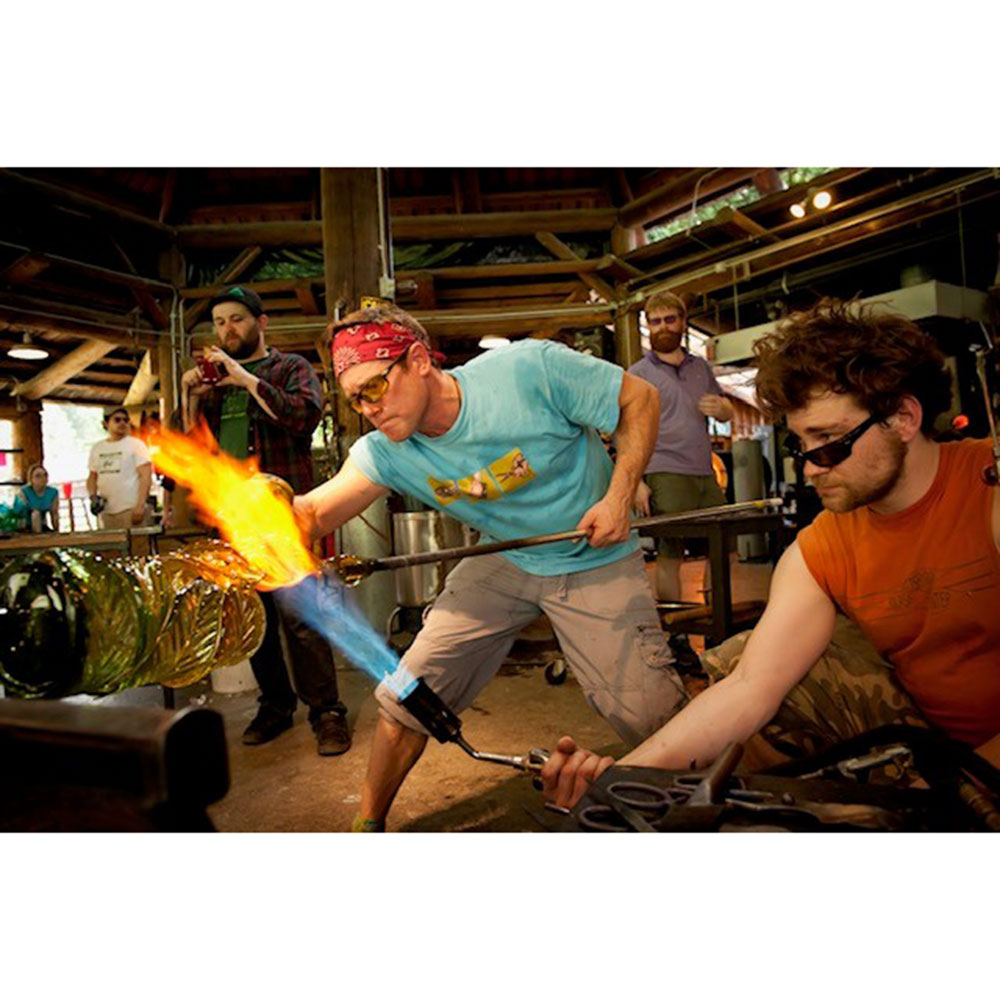
Rob Stern and team making leaves
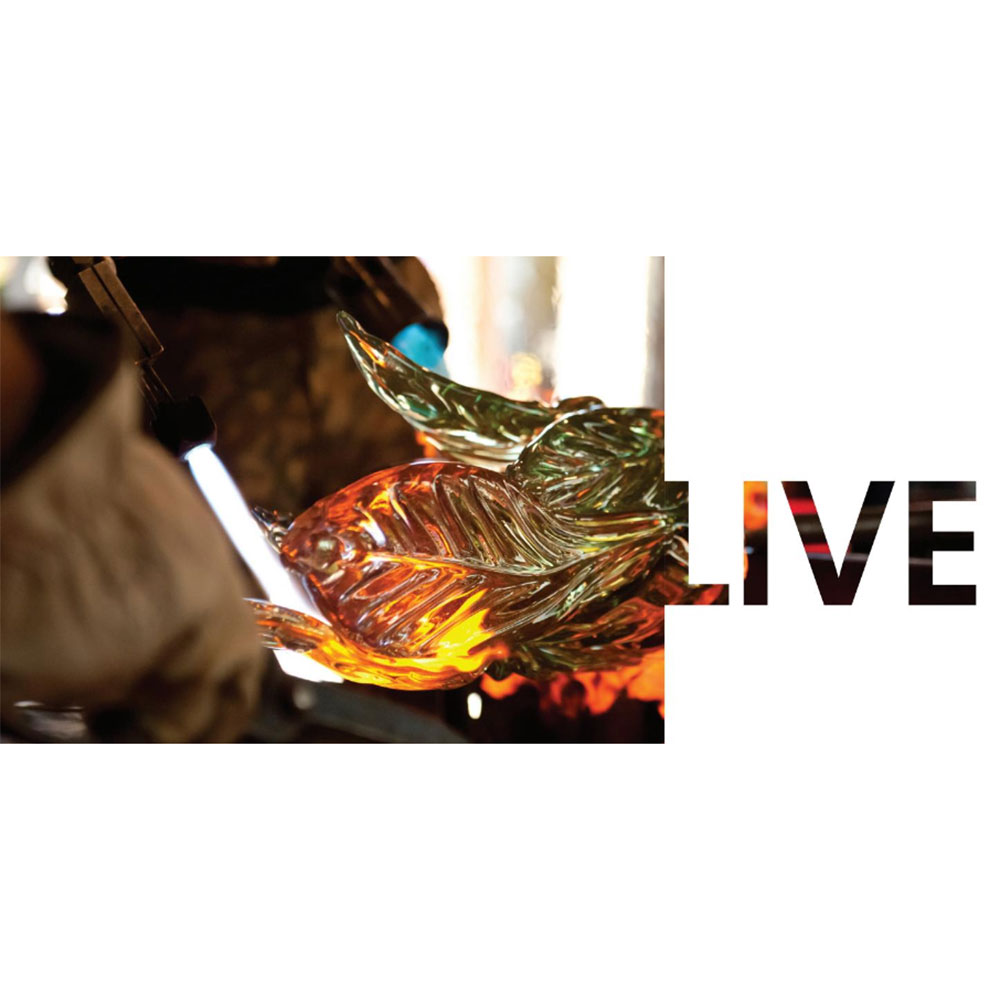
Pilchuck Glass School 40th Anniversary Auction Catalog
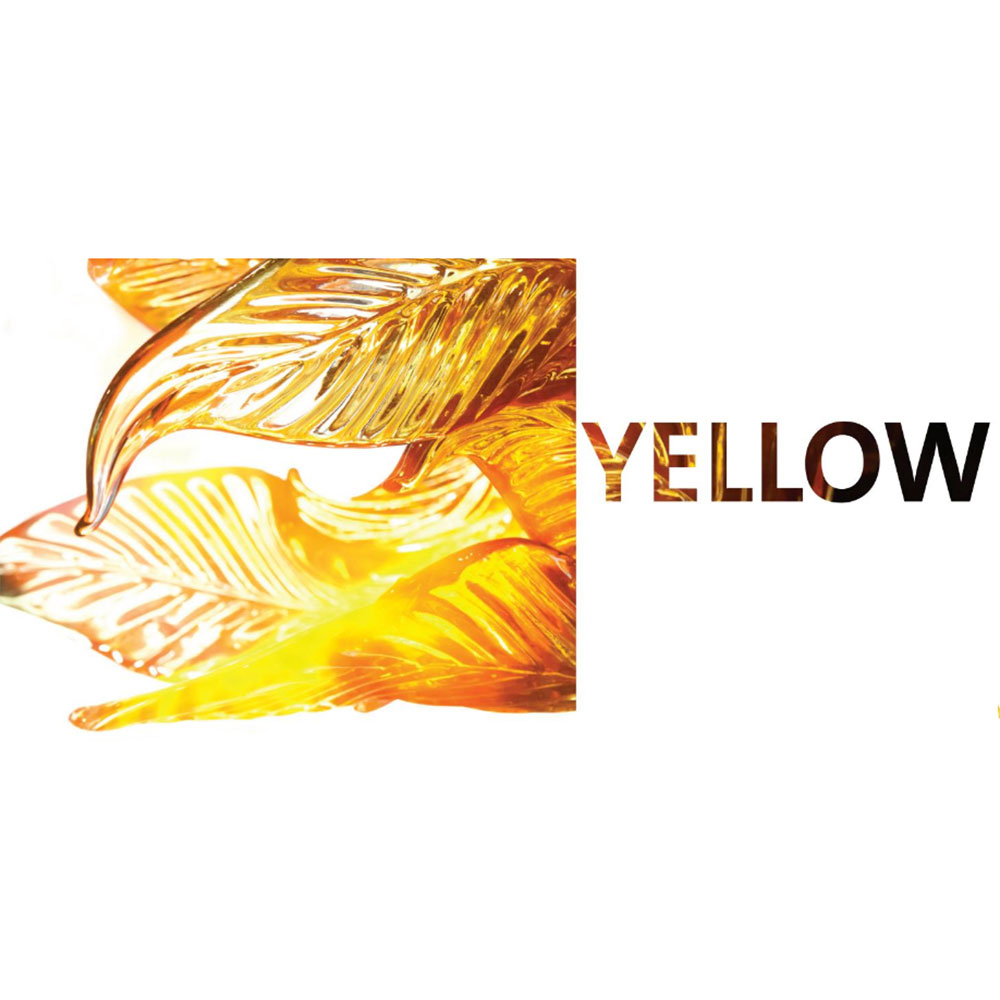
Pilchuck Glass School 40th Anniversary Auction Catalog
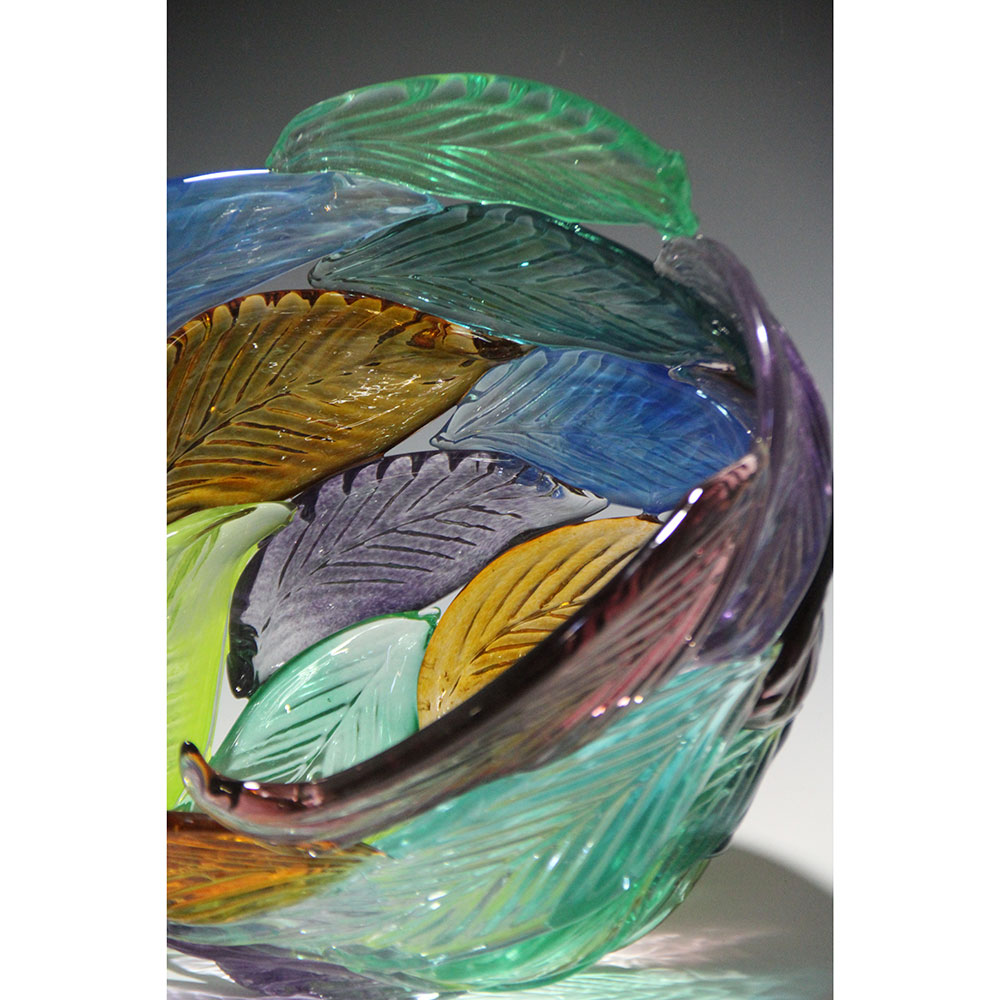
Rob Stern Leaves Vessel
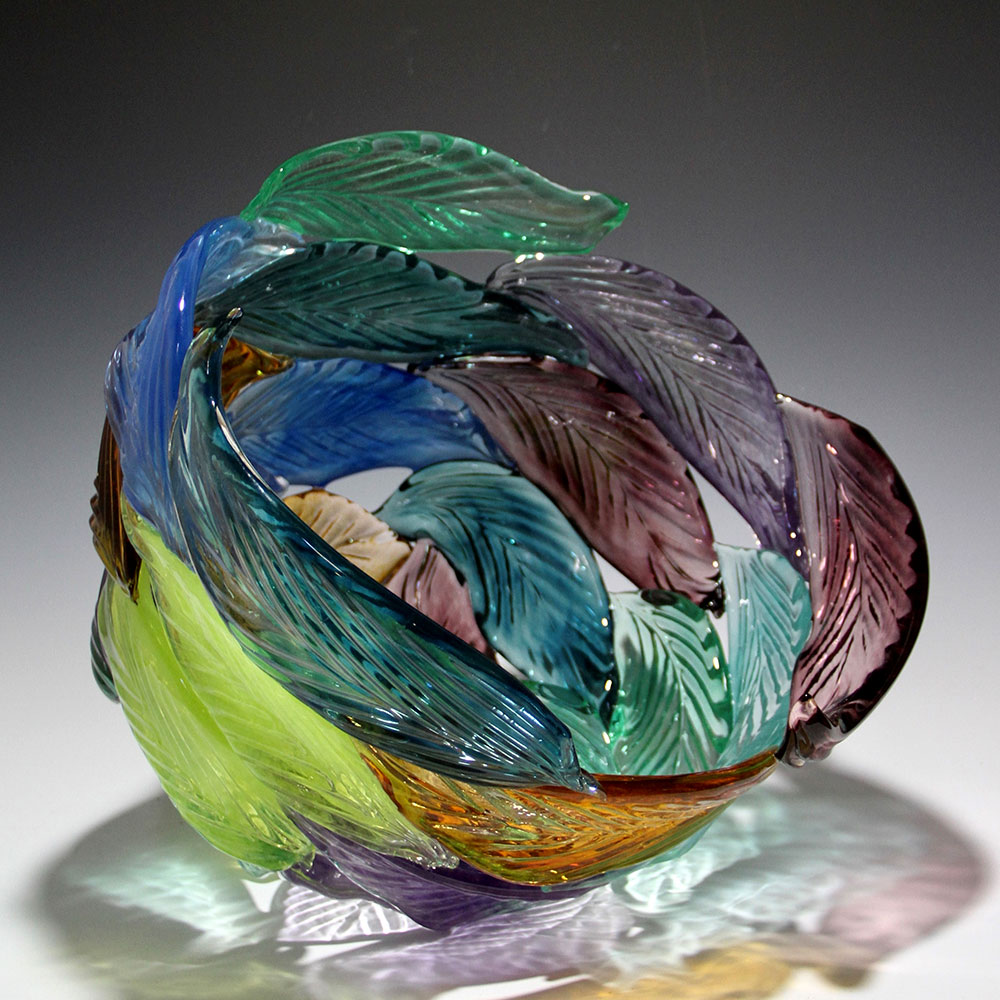
Rob Stern Leaves Vessel
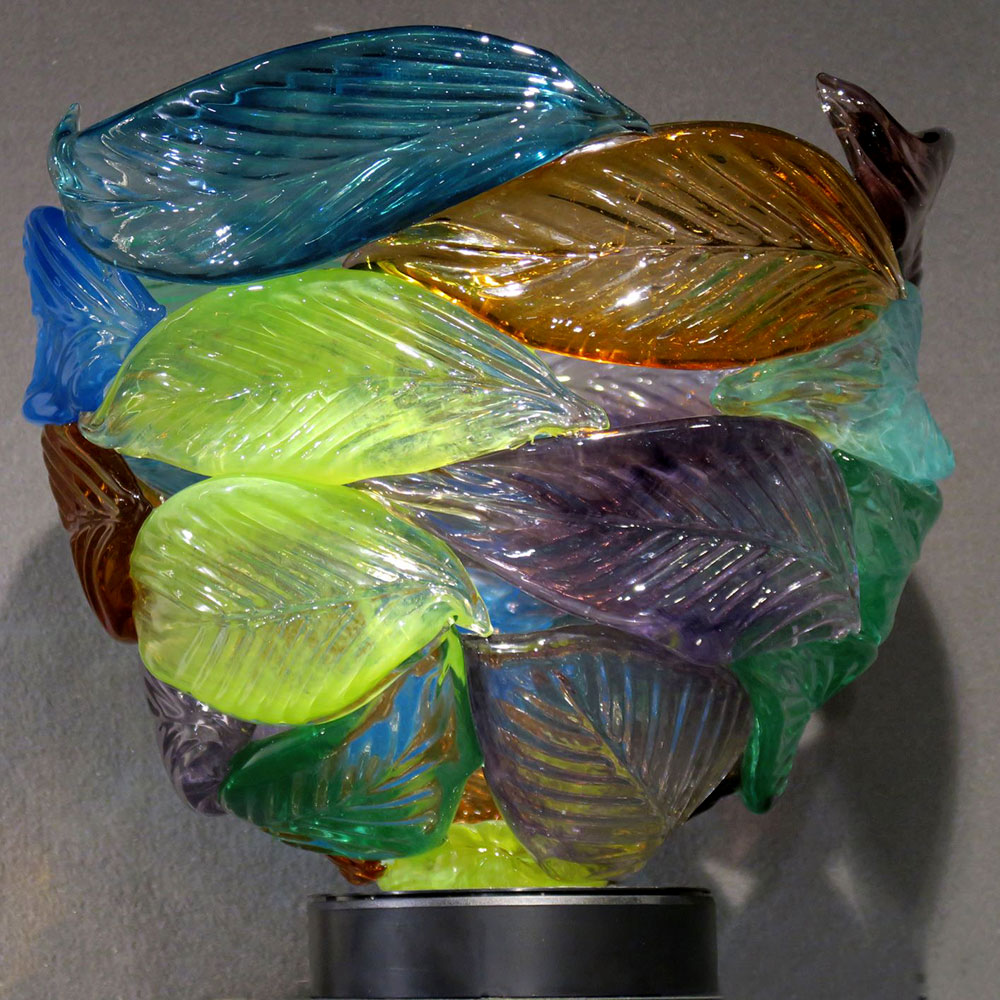
Rob Stern Leaves Vessel
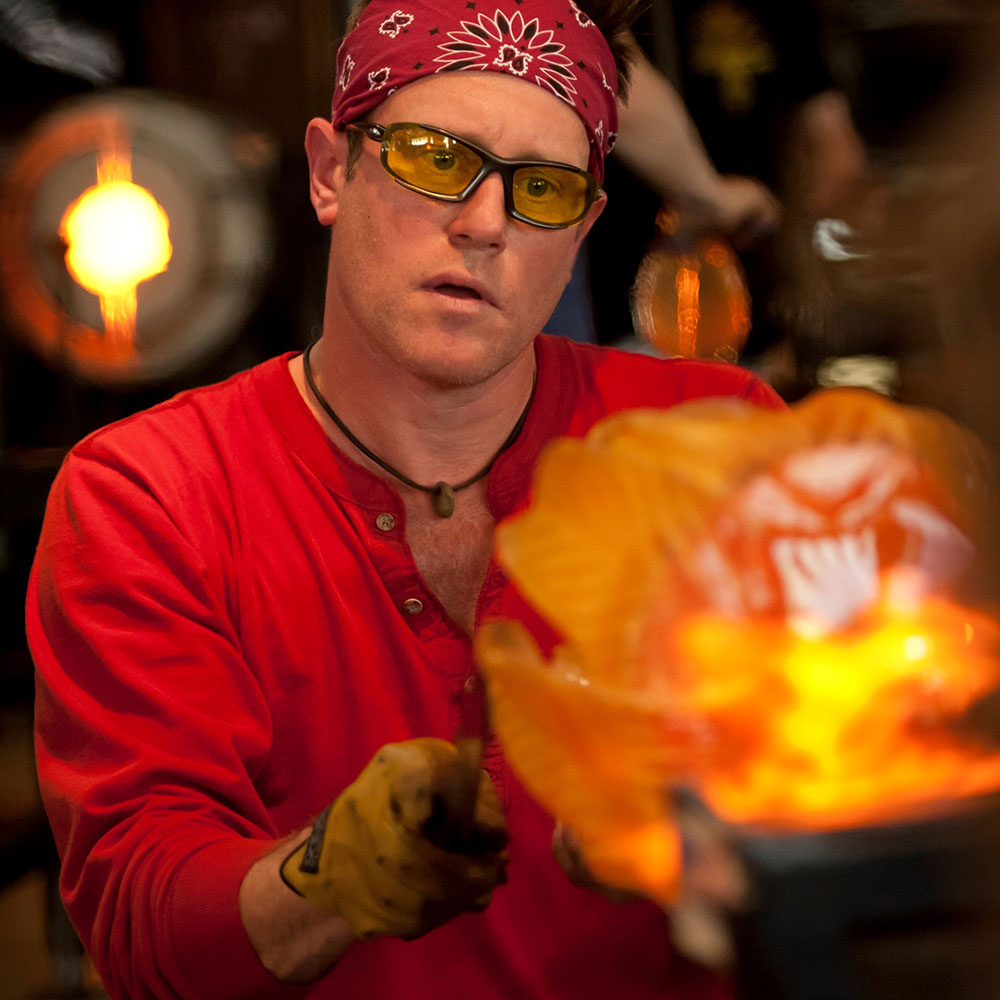
Rob Stern making a Leaves Vessel
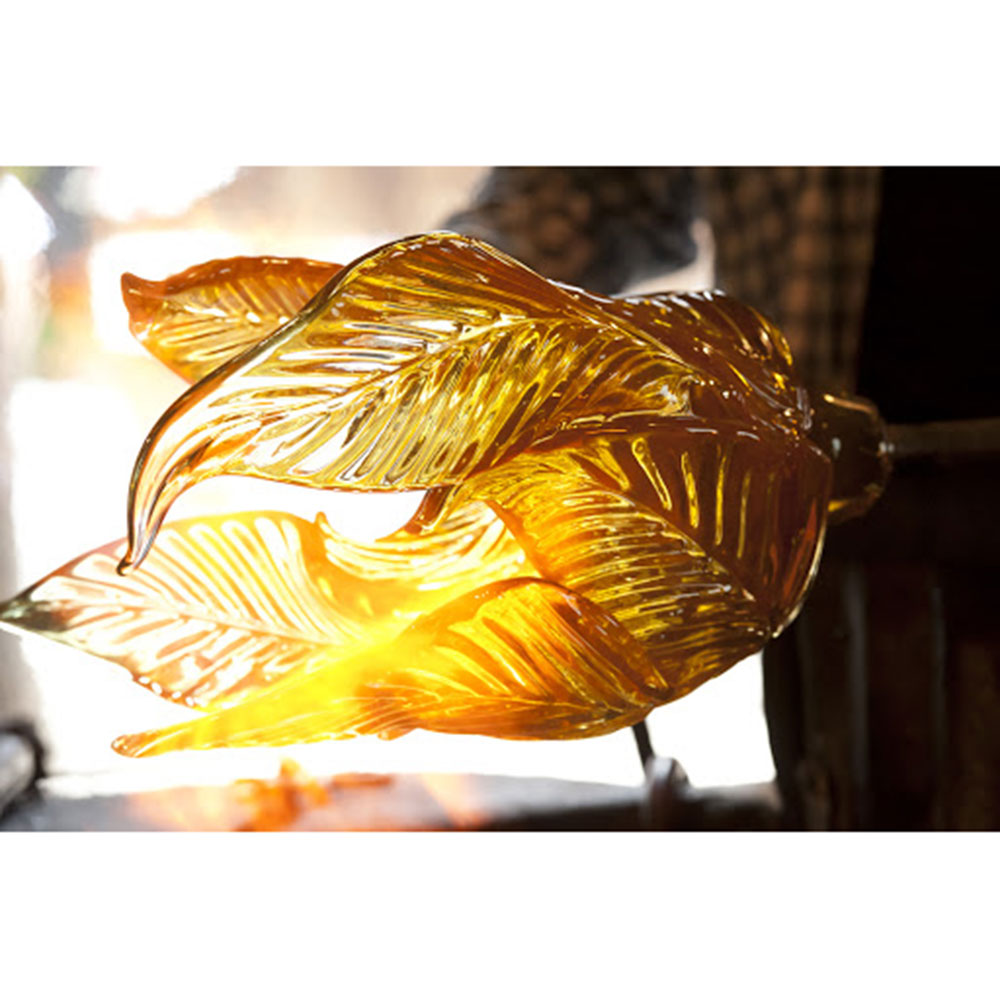
Rob Stern Leaves
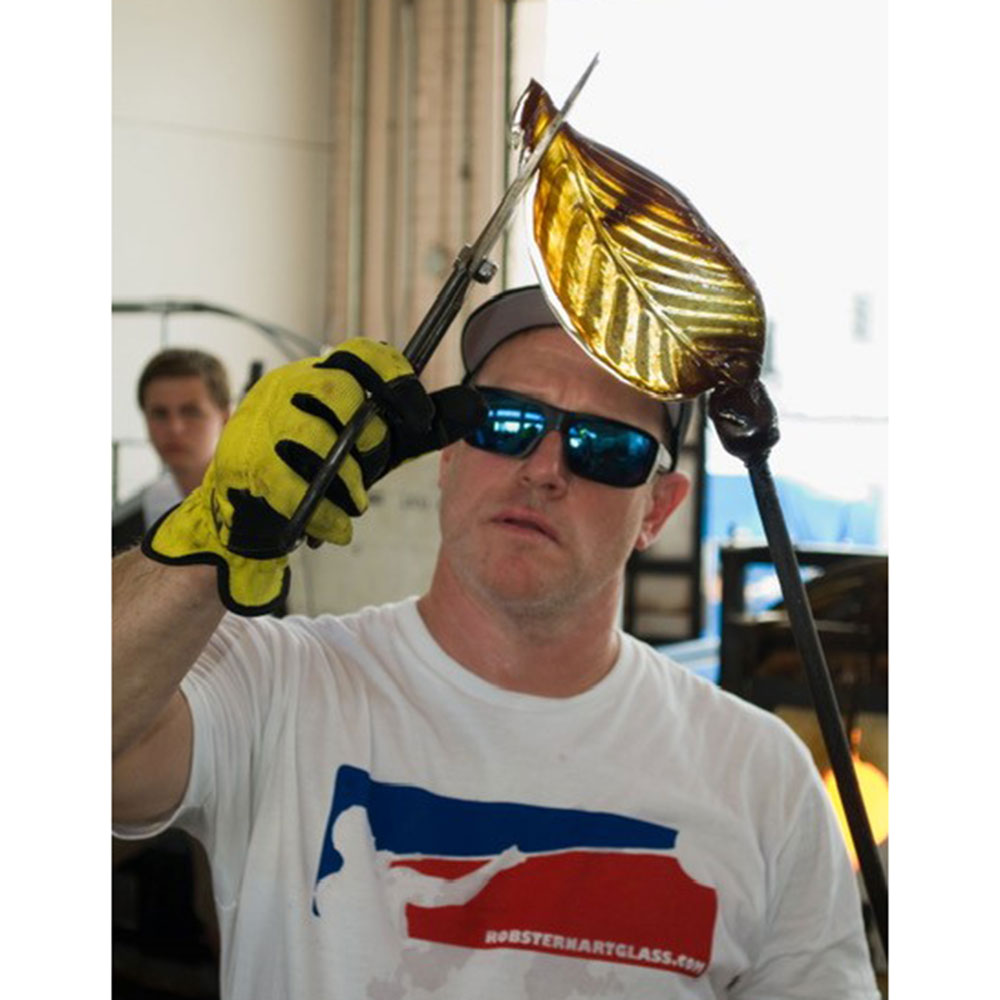
Rob Stern Leaves Vessels
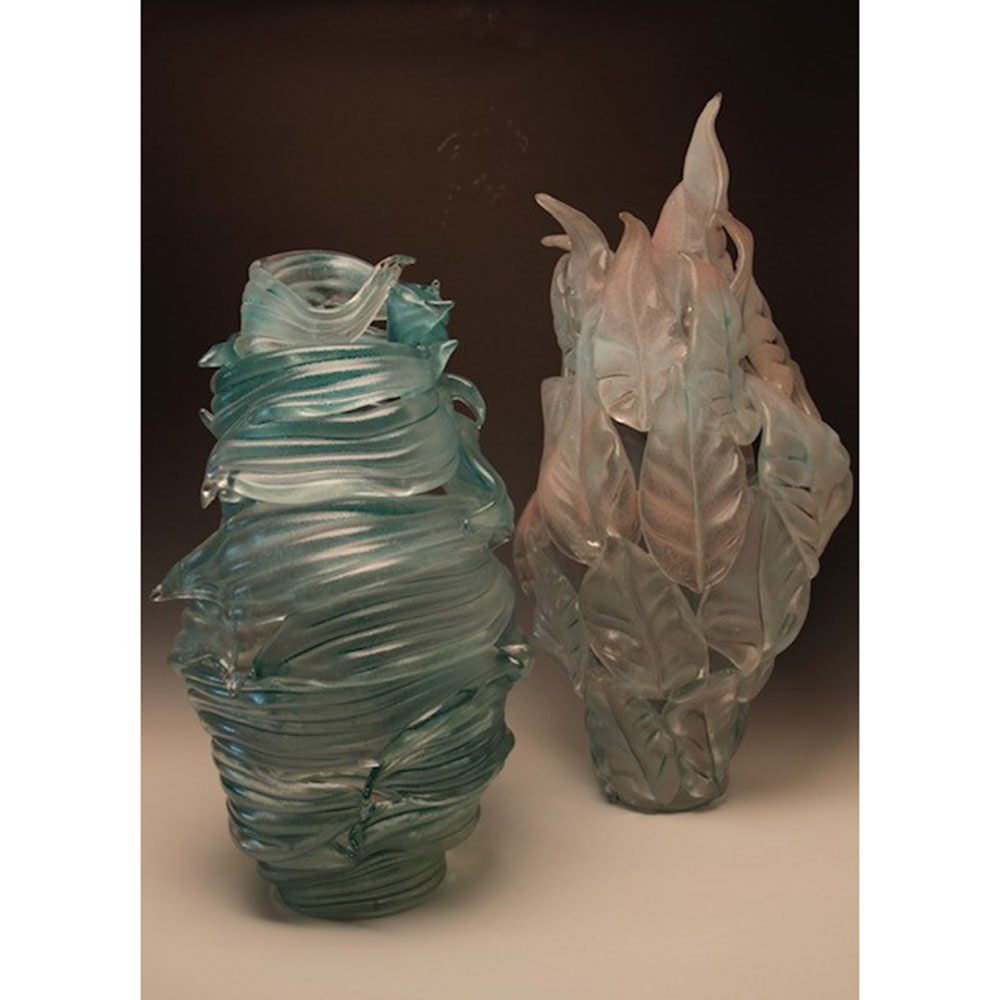
Rob Stern Leaves Vessels
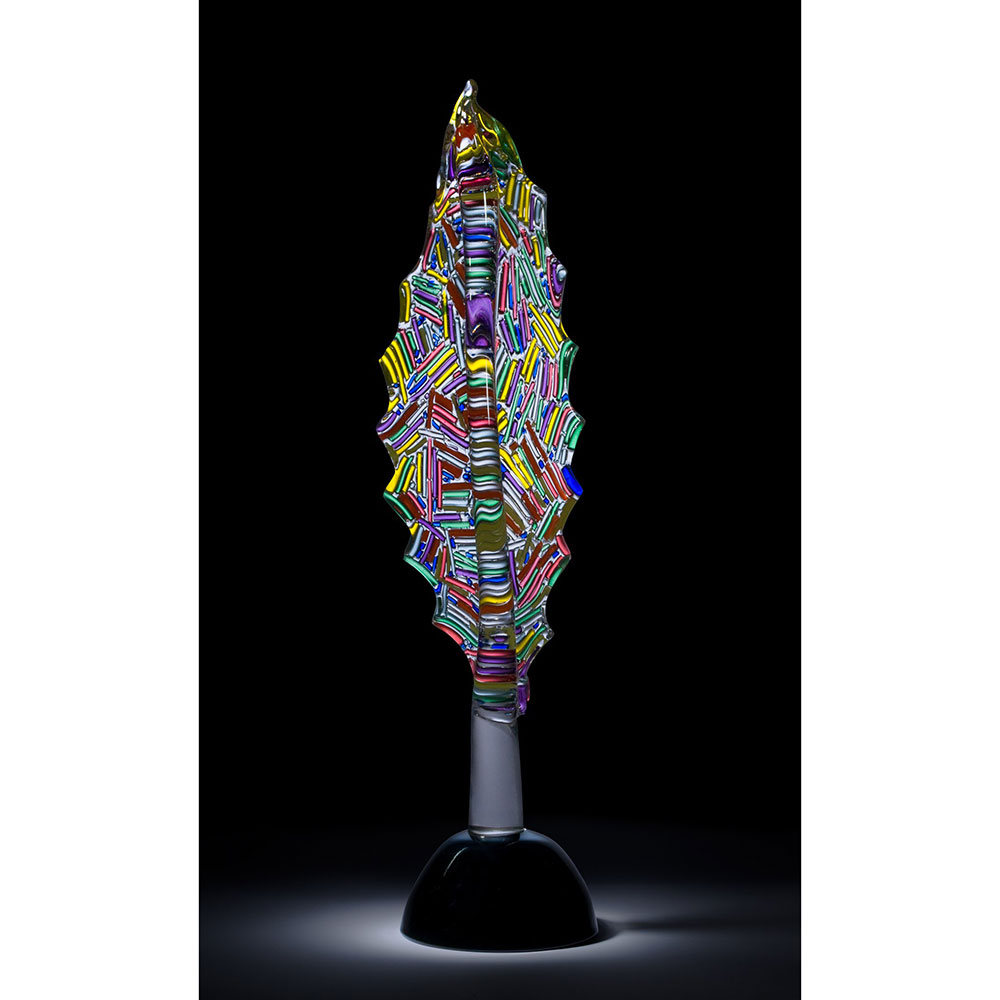
Rob Stern Scalloped Confetti Leaf
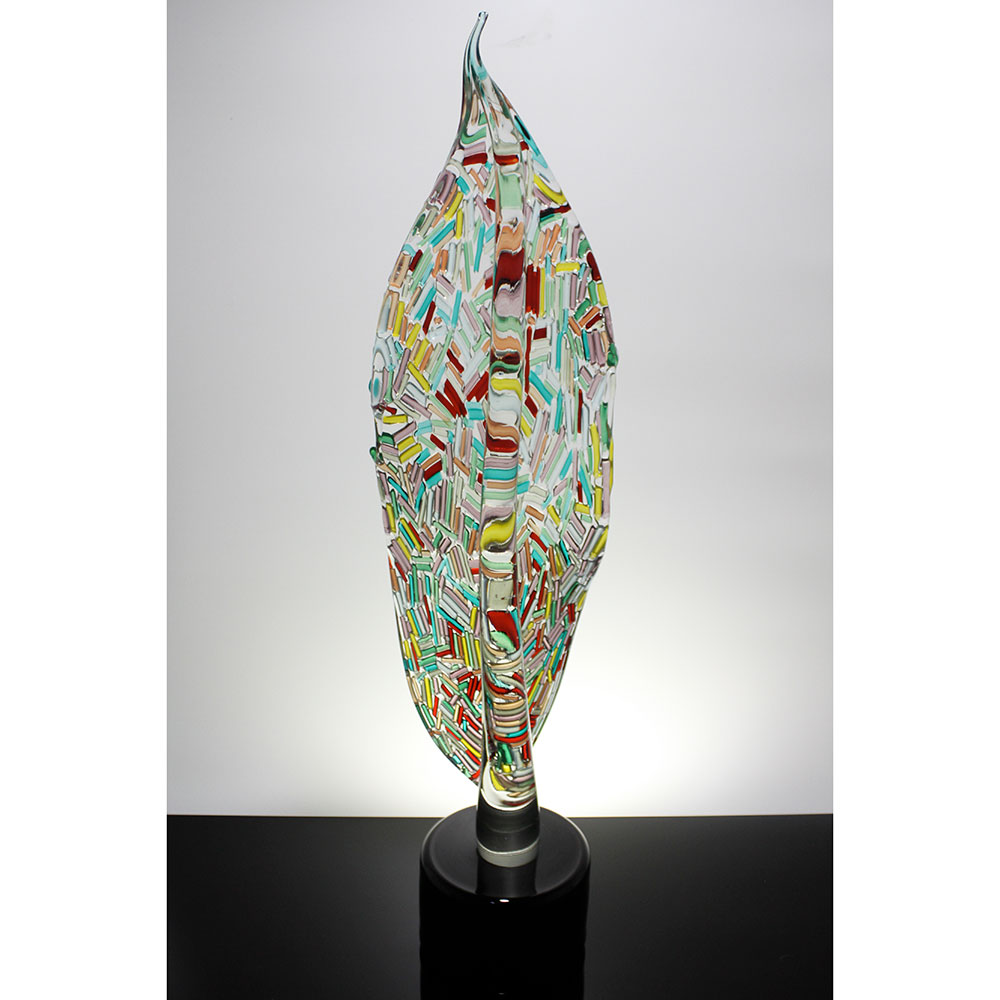
Rob Stern Standing Leaf
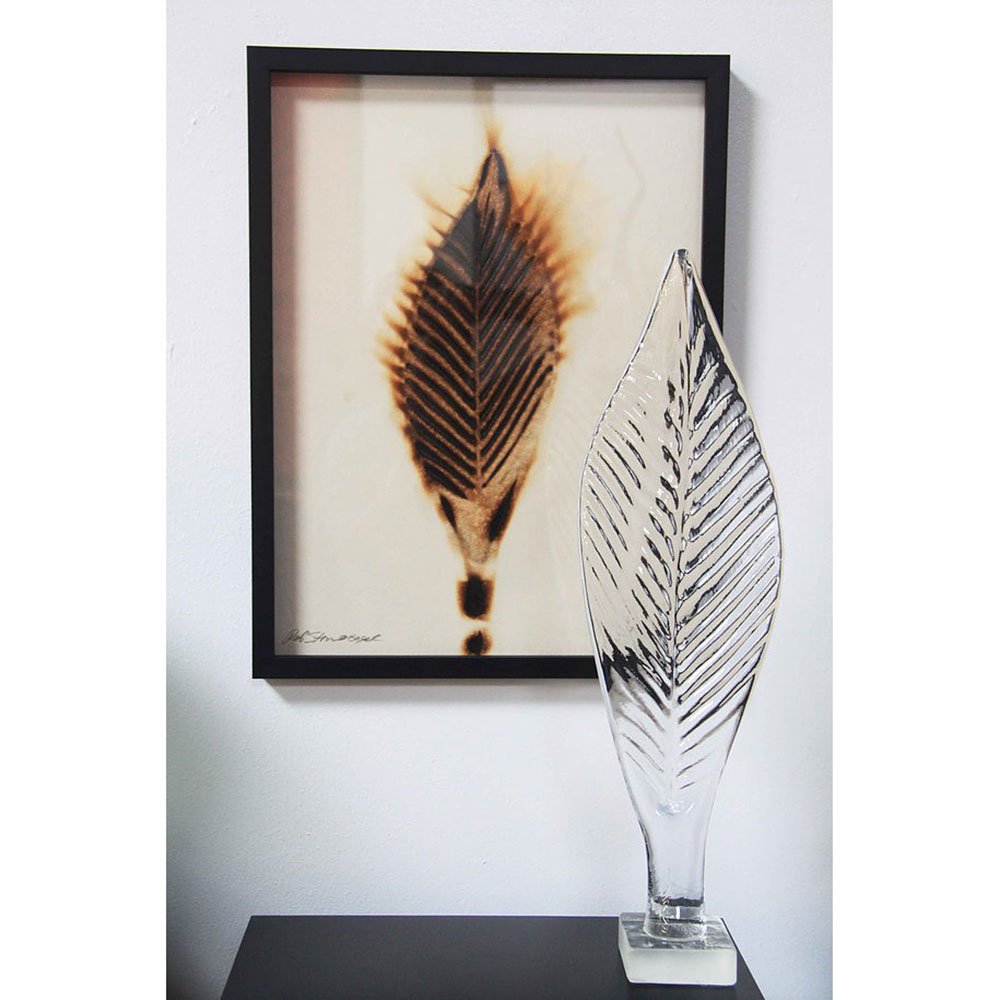
Rob Stern Standing Leaf with Pyroprint
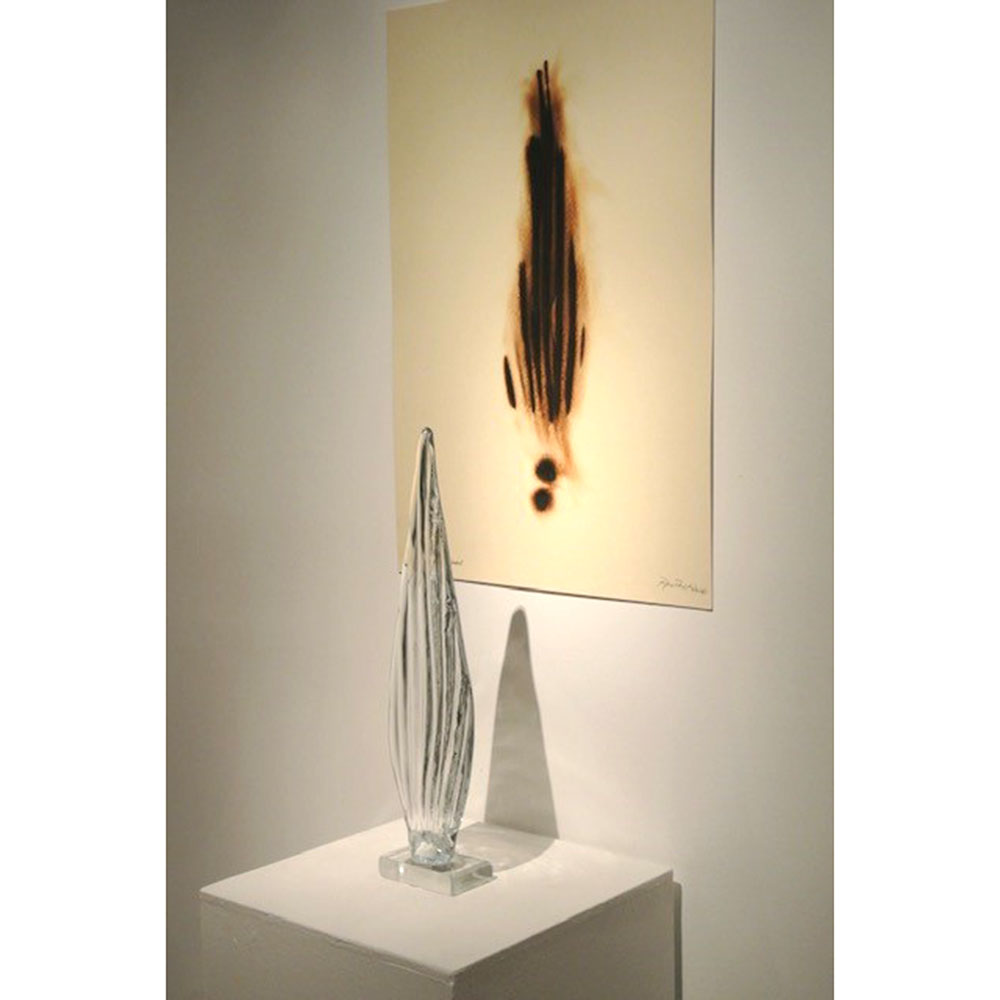
Rob Stern Standing Leaf with Pyroprint
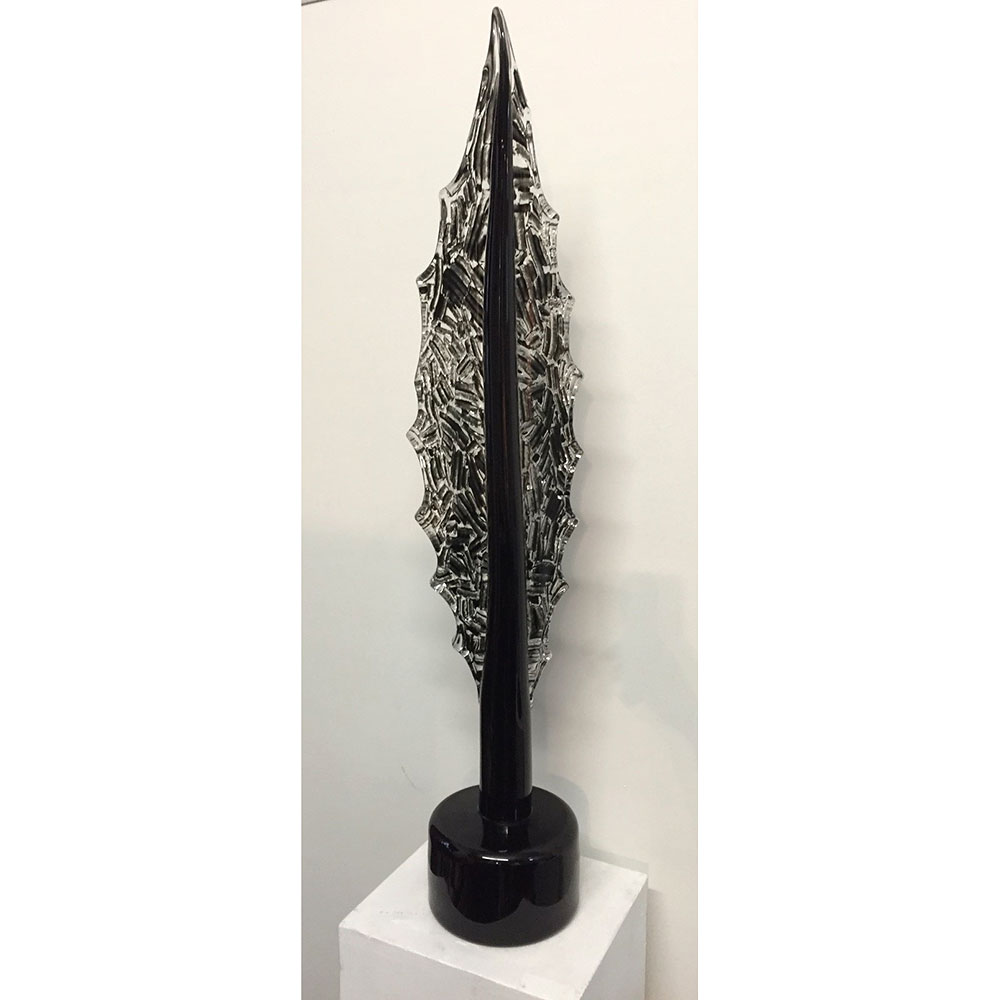
Rob Stern Standing Leaf
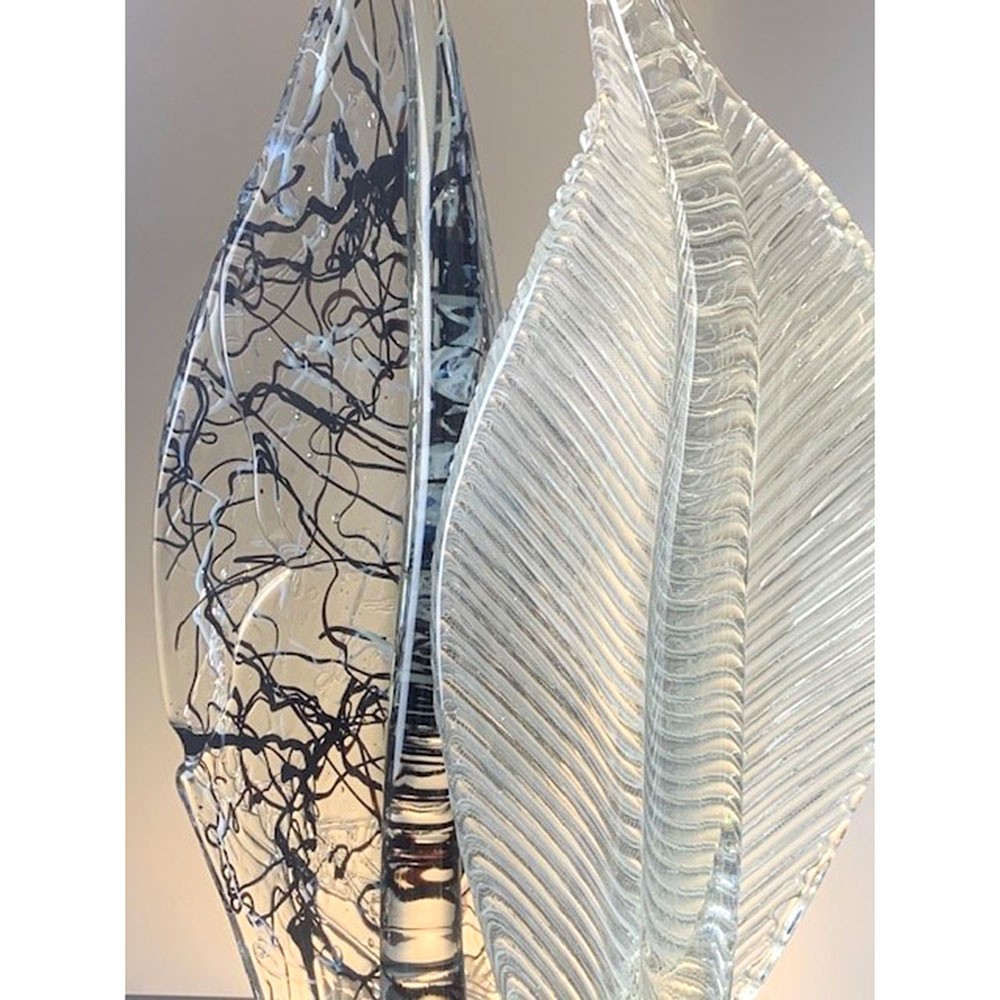
Rob Stern Standing Leaves detail
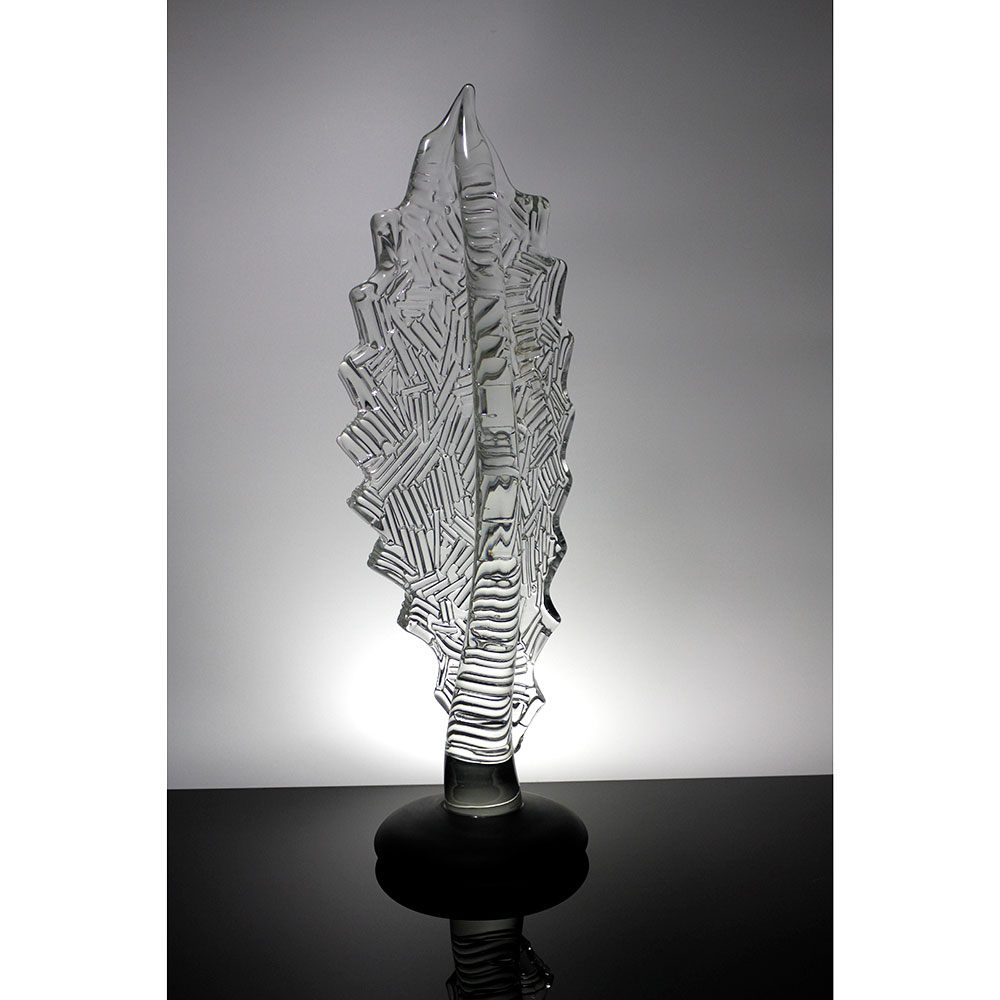
Rob Stern Crystal Can Standing Leaf
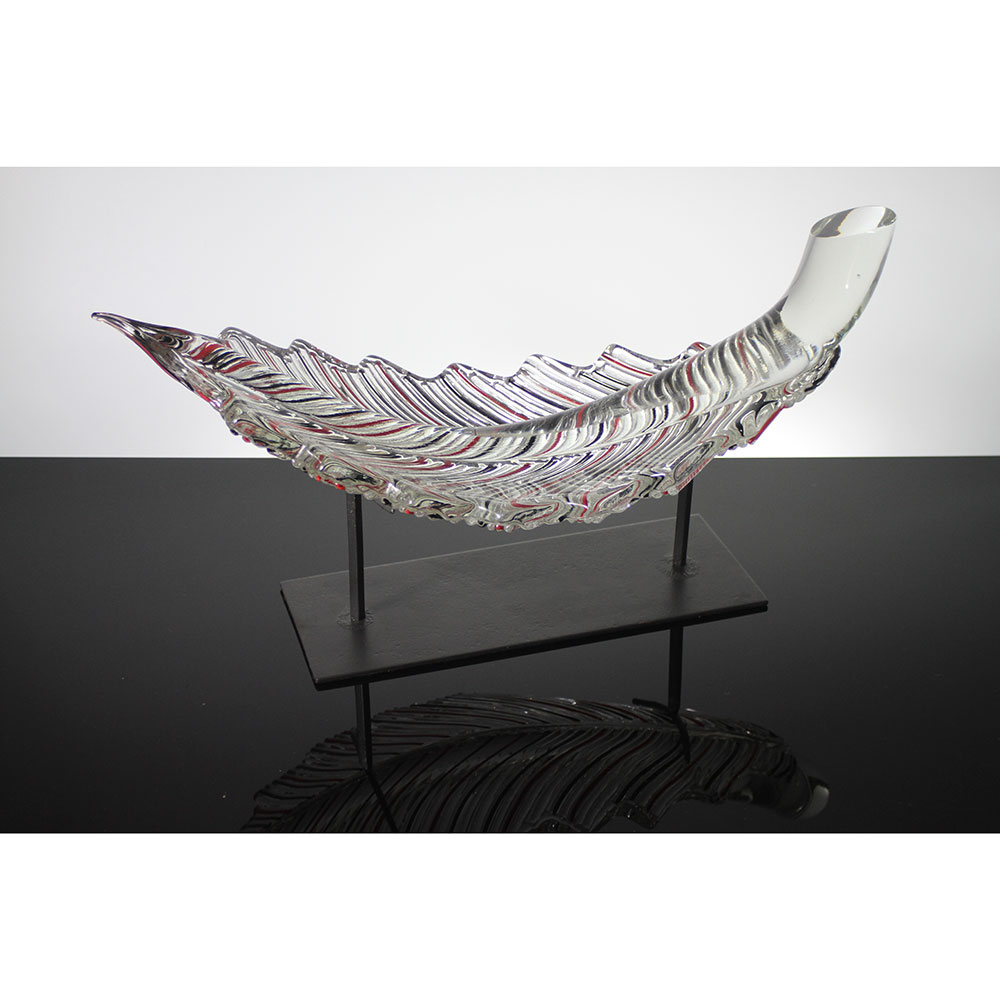
Rob Stern Lying Leaf
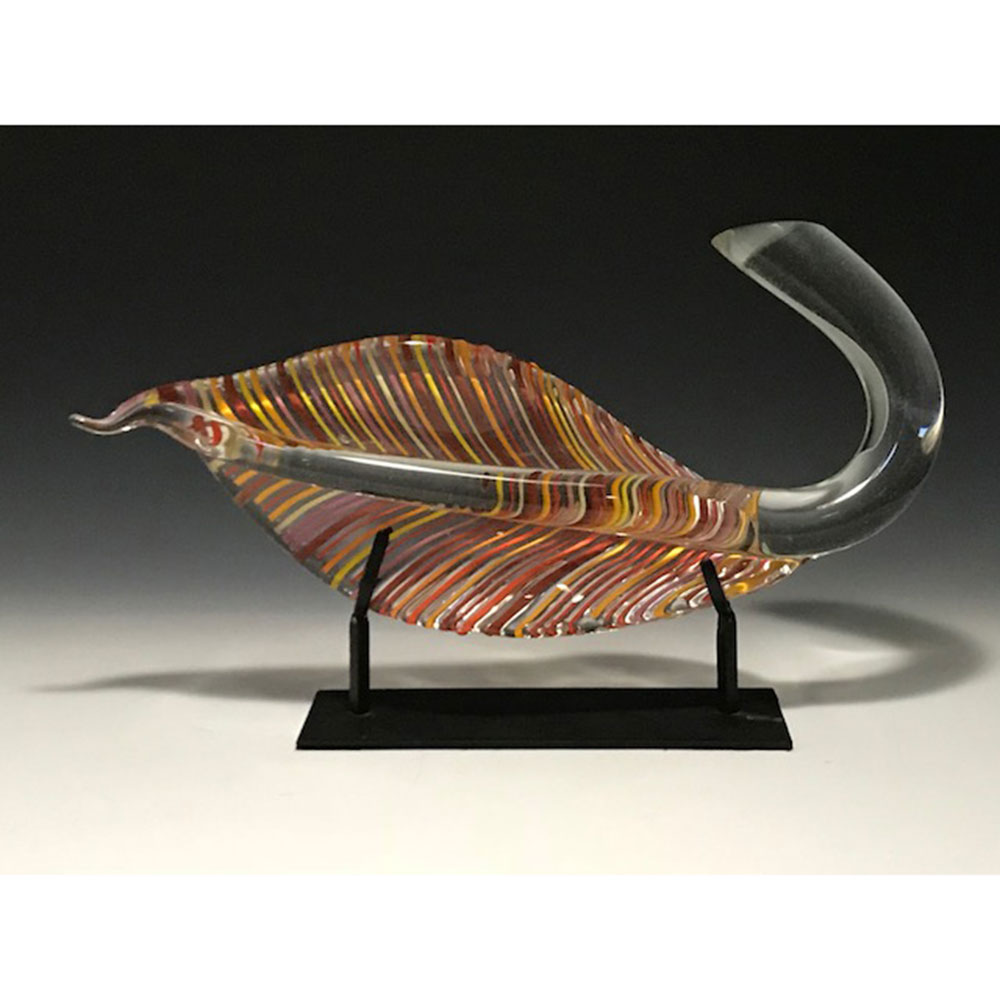
Rob Stern Cane Leaf
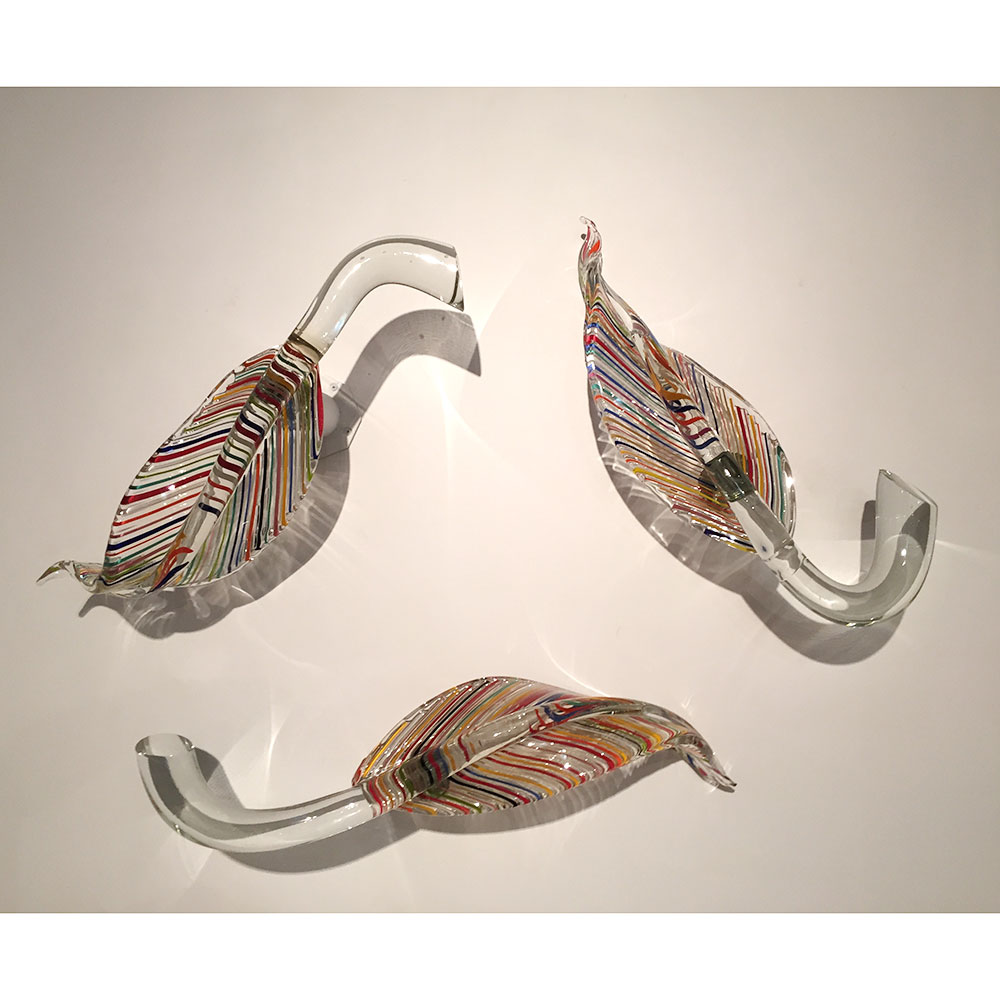
Rob Stern Cane Wall Leaves
Read more about Rob Stern...
Rob Stern - Start is born
Rob Stern - Art on fire the Chihuly connection
Rob Stern - Star of wonder
Rob Stern - Who's who @ WMODA
Rob Stern - Constellations exhibit
Rob Stern - Stilettos exhibition
Rob Stern - Strut into WMODA
Rob Stern - Our new hot dog
Rob Stern - Stilettos
Rob Stern - Believe the impossible
Rob Stern - Resonance WMODA

